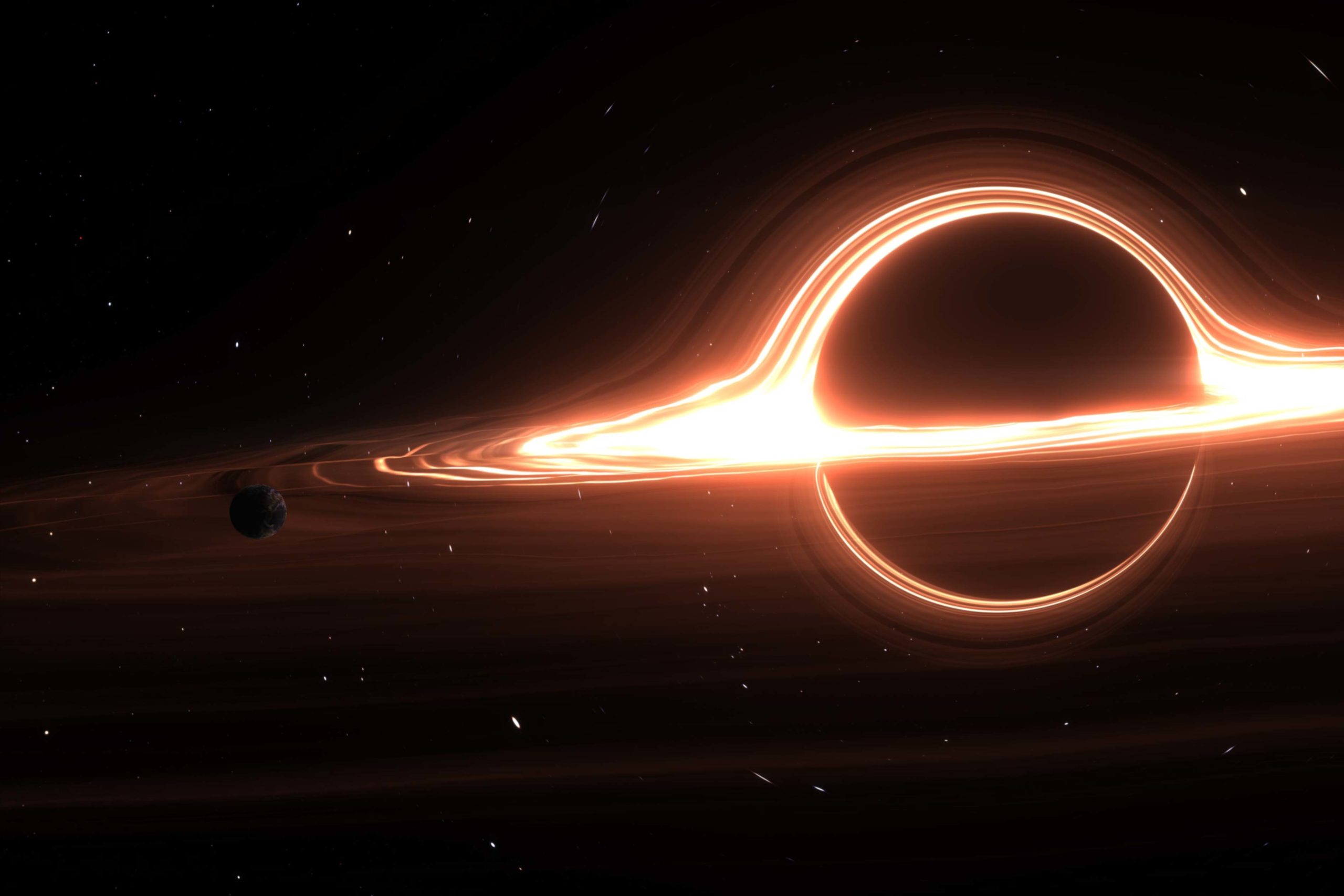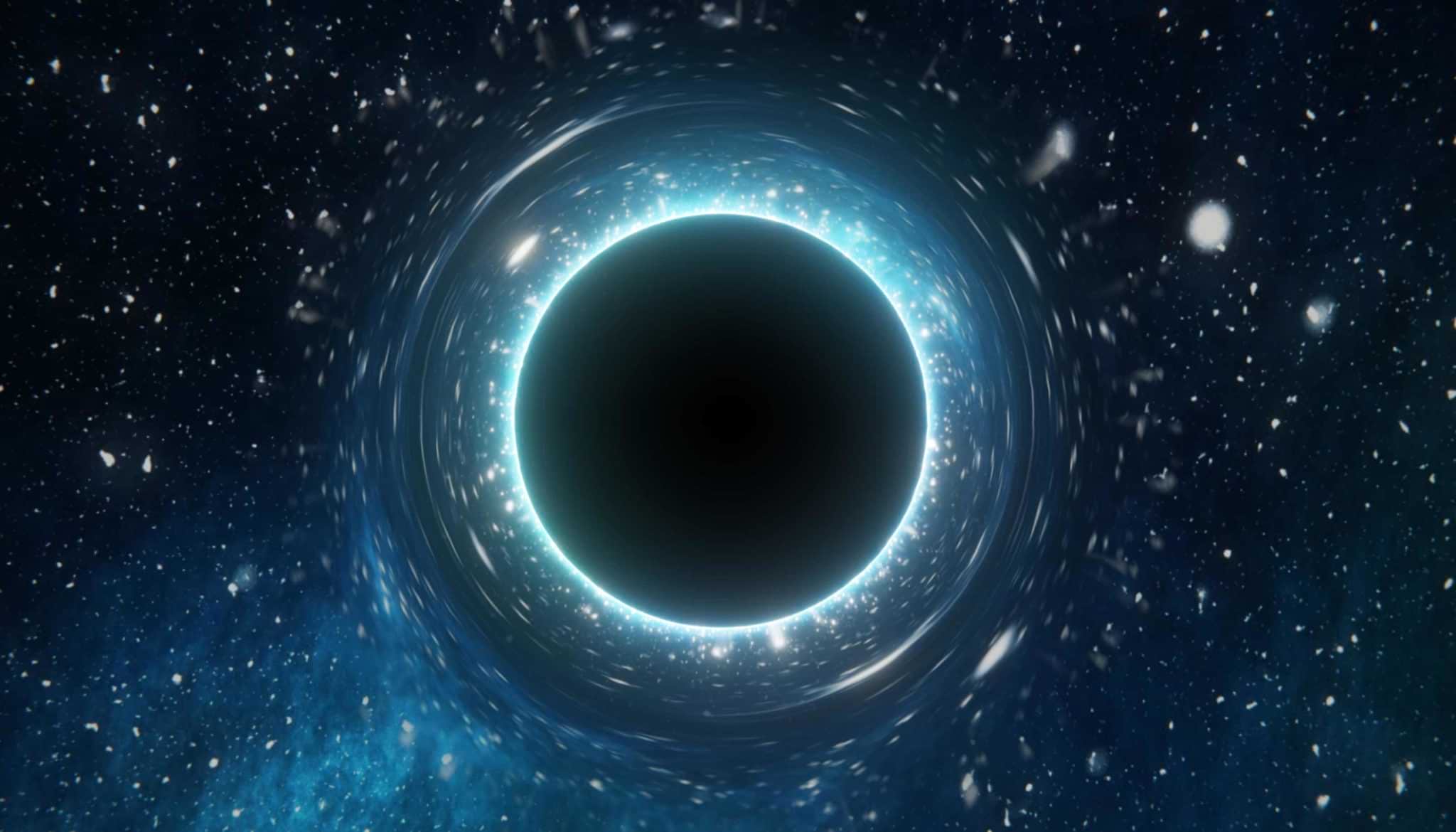
Exploring the Wonders of Cosmic Science
Did you know that black holes are some of the most mysterious objects in outer space? We still have a lot to learn about them, but scientists are making new discoveries every day. Here at Engineering For Kids®, we want to share all the coolest information on cosmic science facts that get your brain buzzing!
What are Black Holes and How are They Formed?
Black holes are formed when a massive star dies and its core collapses in on itself. The gravity of a black hole is so strong that nothing can escape it, not even light! That’s why they’re called “black” holes. When things get too close to a black hole, they get pulled in and disappear forever – it’s like a giant vacuum sucking up everything in its path!
Types of Black Holes and Their Characteristics
Did you know that not all black holes are created equal? Scientists have identified different types of black holes based on their size. Here’s a breakdown of some of the black hole types according to NASA:
- Primordial black holes – These are believed to be the smallest types of black holes. Although they can range from the size of an atom to a mountain, experts think they cannot be found because they have not evaporated.
- Stellar black holes – This is the most common type of black hole. These can have up to 20 times the mass of the sun and there are many of them in our own galaxy.
- Supermassive black holes – These are the really big ones! A supermassive black hole can have about a billion times more mass than the sun.
- Intermediate black holes – These ones would be between the size of a stellar and a supermassive black hole. Scientists have not yet discovered any examples, but they believe they are out there.
Mind-boggling Facts about Black Hole Size and Mass
Here are more interesting and fun facts about black holes you can remember to impress your friends:
- Did you know that our galaxy, the Milky Way, has a supermassive black hole called Sagittarius A? It’s about four million times more massive than the sun! But don’t worry, it’s actually located 26,000 light-years away from Earth – meaning it’s about 152 quadrillion miles away. That’s a pretty long road trip!
- Time behaves differently around black holes. According to scientific theory, the faster you move, the slower time goes. Because black holes have such strong gravitational forces, things move very fast around them, which means time slows down if you were able to get close…
- …but here’s the thing: no one has ever been inside a black hole because it’s highly unlikely anyone would survive. That’s because the black hole’s gravitational force would stretch you out like a piece of spaghetti – it’s called the spaghettification effect. Crazy, right?
- Believe it or not, black holes don’t last forever! They eventually evaporate or disperse the material they’ve collected over time.
The Effects of Black Holes on Time and Space
Black holes are not just mysterious, they’re also mind-bending! One of the amazing black hole facts is their impact on time and space. When a black hole is created, its gravity is so strong that it pulls matter from nearby stars and space into its center.
But the strangest part is what happens to time inside a black hole. Scientists can’t go inside black holes to measure time, but their best guess is that time slows down… a lot! Some scientists even theorize that if someone were to go into a black hole, they could see the past and future all at once. This is a wild idea that fascinates not only scientists but also fans of science fiction movies!

How Black Holes are Detected and Studied
Since they suck all light into its singularity (the center), black holes are invisible to the naked eye, making it really hard to find them. To help study these celestial objects, scientists observe what’s happening in the surrounding area.
For instance, when a star gets close to a black hole, it sends out high-energy light that can be detected by space telescopes and satellites. Scientists analyze this light to figure out where the black hole is hiding. So, even though you can’t see them with your own eyes, scientists have found ways to detect and study black holes!
The Importance of Black Holes in Understanding the Universe
Scientists are on a quest to learn everything they can about these mysterious phenomena, and here are just a few of those reasons:
Better understanding about how the universe works
Black holes hold the key to understanding how the universe works! Scientists want to know how things work and why, and black holes are like puzzle pieces in the grand scheme of things. The more we know about them, the better we’ll be able to understand the universe around us. It’s like being a detective and trying to solve a thrilling mystery!
Prove theories
Studying black holes also helps scientists prove and disprove theories about space and physics. This is really important because it means we can separate fact from fiction and pave the way for new discoveries. By studying black holes, we can learn more about mass, space, time, and how they all fit together!

Discover More Secrets of the Universe!
Are you ready to join the ranks of the top scientists in the world and discover the secrets of black holes? Let’s go on this adventure together!
At Engineering For Kids®, we love to help kids learn more about the world around us – and above us. Our focus on STEM (Science, Technology, Engineering, and Math) subjects engage children’s natural curiosity about how things work and why the world is the way it is. In fact, if your children are interested in black holes, they’ll love our Mission to Mars Space-themed STEM Summer Camp!
Our programs and activities are available at various locations. We also offer unique virtual programs to expand your child’s mind and future.




